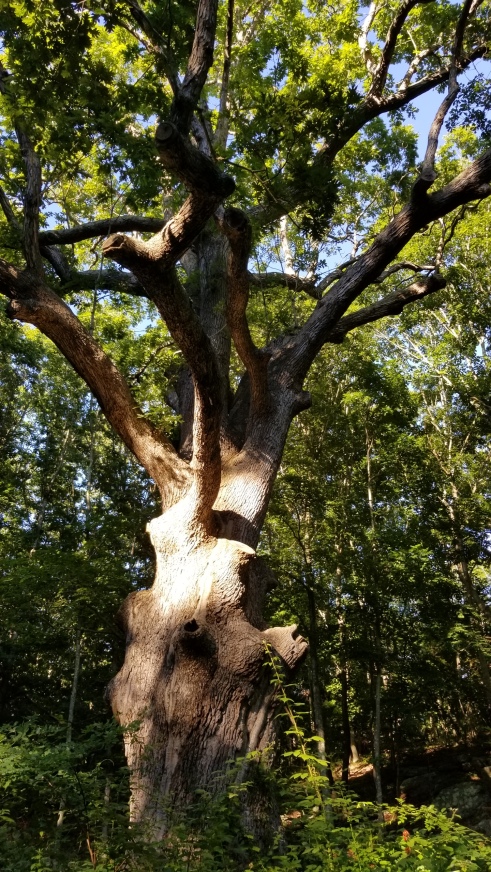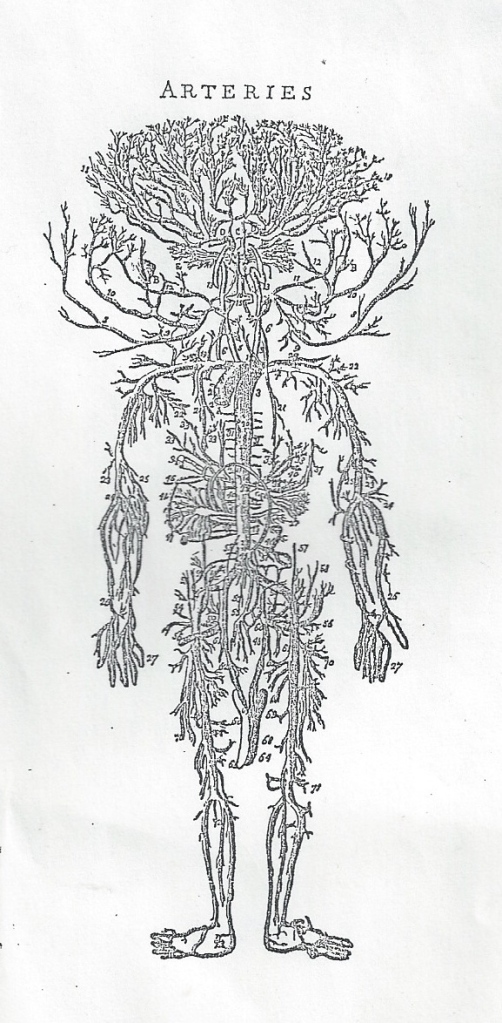The Greater Mind
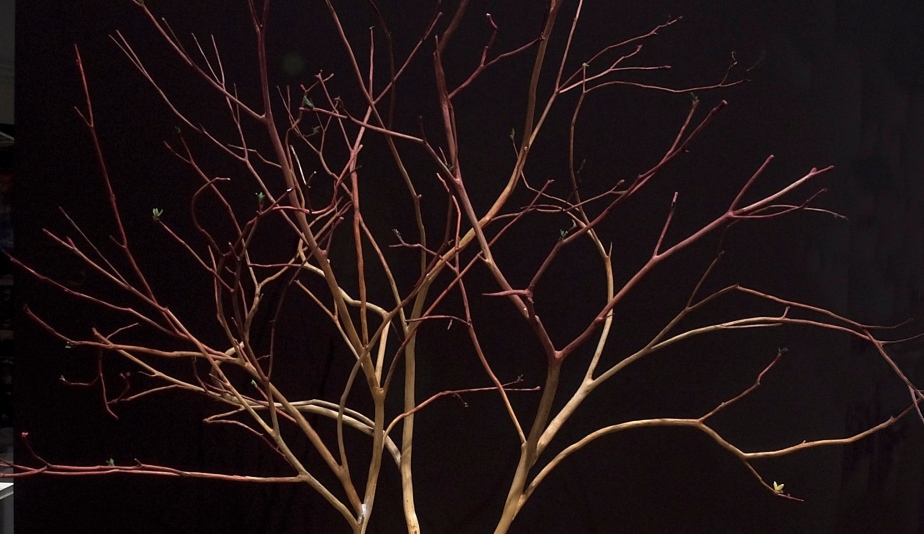
This morning we woke up to an unexpected snow fall of a few inches. As I looked out our bedroom window into the grey morning my eyes traced the complex lace of branches and I felt as if I were a tiny node in a greater mind. Since we moved into this forest almost thirty years ago I have often felt myself absorbed by this larger consciousness. For years as an artist I have been working with the material that comes off this land– dreaming in wood. I had always trusted my silent dialogue with the forest, assuming that mine was a relationship that comes from living intimately in a place that is still ecologically whole, with more species other than humans sharing the land. Recently this knowing was further strenghened by an article I read regarding research that is being done by Suzanne Simard, a forest ecologist in British Columbia. Simard has been tracking the networks of roots in a forest. Underground the roots are connected by a far reaching and dense web of myscorrhizal fungi. The fungi allow the roots to exchange information such as warning of insect attacks,wind storms, and deliver resources: carbon, nitrogen, and water to trees in need. This communication and co-operative resiliency building goes on interspecies. Simard has discovered that the oldest trees act as hubs,as mother trees. “The big trees subsidize the young ones through the fungal networks,” explains Simard. “Without this helping hand, most of the seedlings wouldn’t make it.” To learn more about Simard and Forest communication click here.
Now I have no doubt I’m immersed within a greater mind, what I see of it above ground is only a small percentage of the expansive surge of intelligence and sharing that I’m walking on.

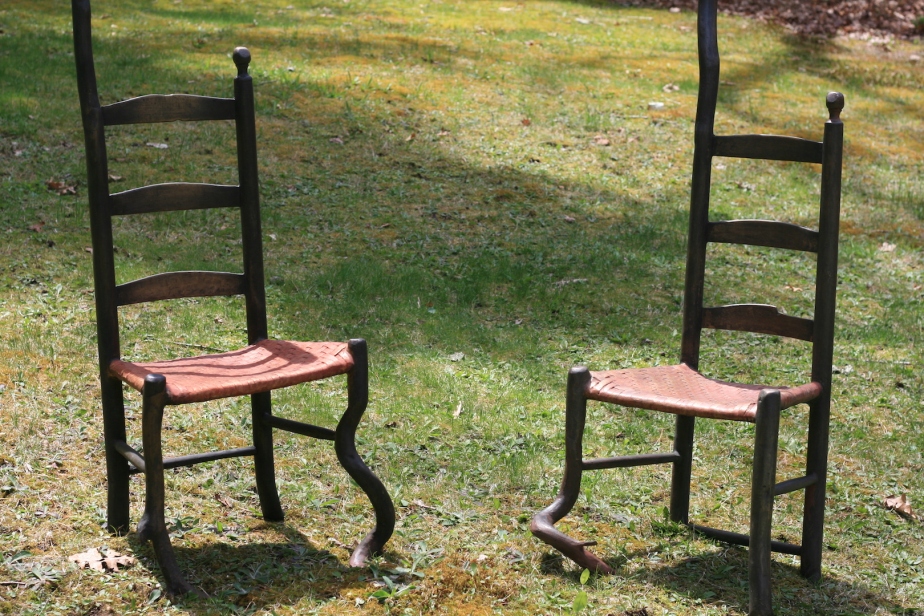

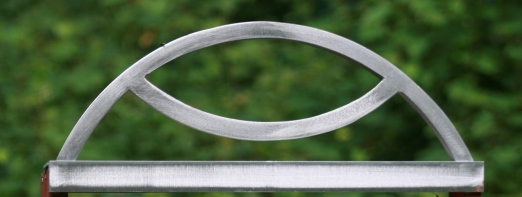
![IMG_0856[2] copy](https://earthinformstudio.files.wordpress.com/2018/07/img_08562-copy.jpg?w=322&h=241)
